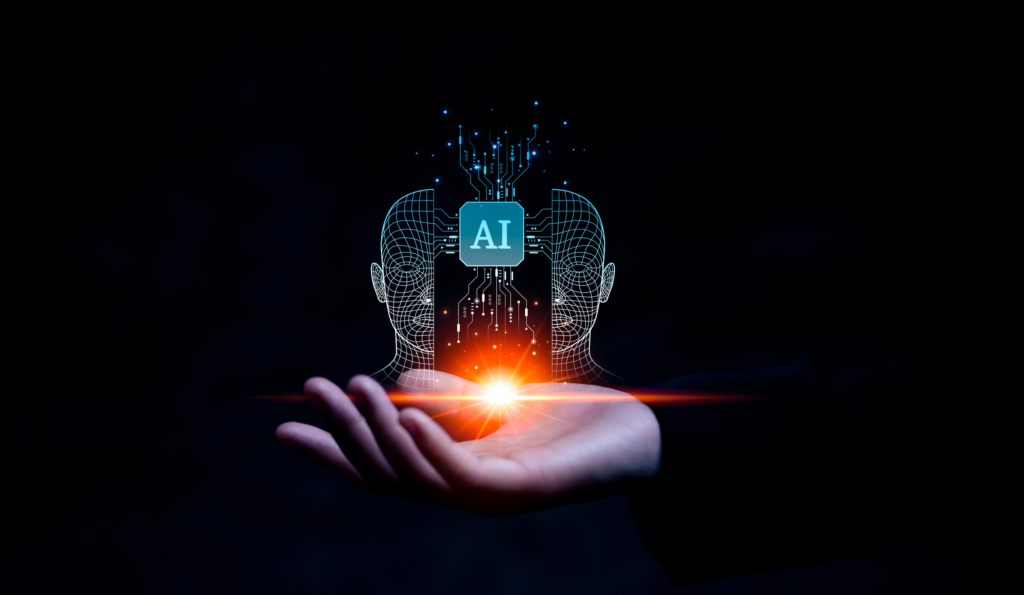As enterprise leaders confront operational volatility and economic pressures in 2025, AI has reached a strategic crossroads. While generative AI is being discussed in executive conversations, its value remains unclear or unrealised for many organizations. For example, research by McKinsey suggests that only 1% of enterprise leaders believe that AI integration across multiple core processes in their organizations has been achieved. This highlights significant strategic gaps in the implementation of AI, where initiatives are often driven by hype cycles or isolated vendor offerings, rather than a unified enterprise strategy. This tends to produce disjointed pilots, low ROI and cultural resistance to adoption.
This disconnect is based on a common misframing: AI is often used as a cost-cutting instrument instead of as a platform to develop strategic organizational capability. The view of AI as a labor substitution or task automation artificially limits its potential. However, focused on improving decision-making, organizational adaptability and innovation velocity, AI can generate compounding returns. For CIOs, CTOs and other C-suite members, this shift in thinking is essential. Competitive advantage will increasingly rely on embedding AI as a dynamic infrastructure, on par with ERP or cloud architecture, rather than just as a tactical tool.
From labor arbitrage to learning systems: The evolution of AI’s enterprise role
Historically, organizations have treated AI primarily as an automation or outsourcing tool, prioritizing immediate cost savings through predictive analytics, robotic process automation (RPA) and generative content tools. This mirrors earlier waves of IT adoption, where executives focused on quick efficiency wins rather than enduring capability-building. AI implementation research at BerkelyHaas (University of California at Berkeley) shows that only a small minority of firms realise significant financial benefits from AI despite extensive experimentation. This is supported by multiple substantial studies (Reutlingen University, Deloitte, LTIMindtree) that consistently identify common AI project failures due to governance deficiencies, organizational culture mismatches and strategic misalignment. This gap is not technological, but strategic. AI is fundamentally different from existing digital solutions:






